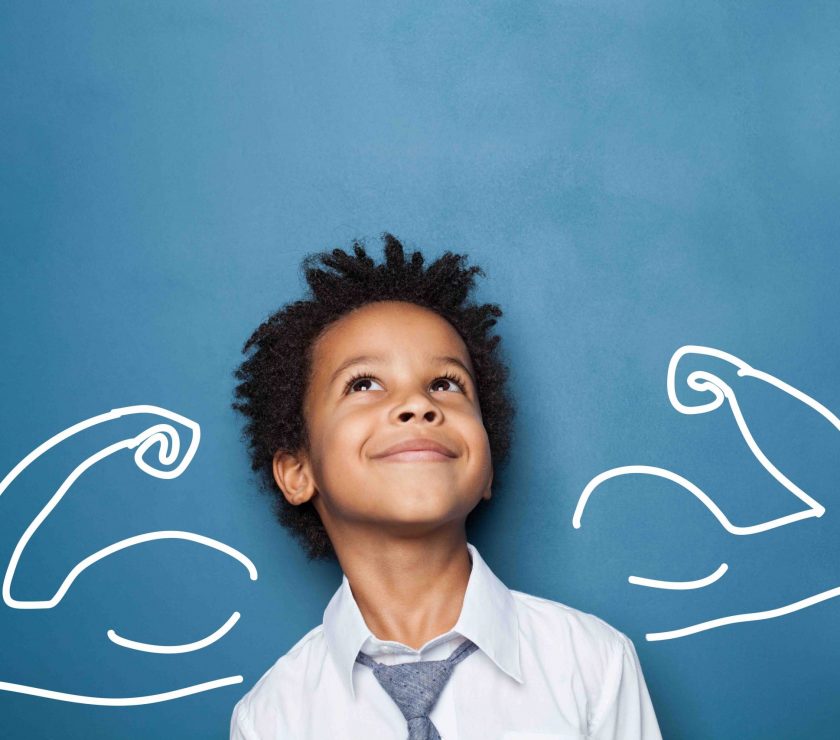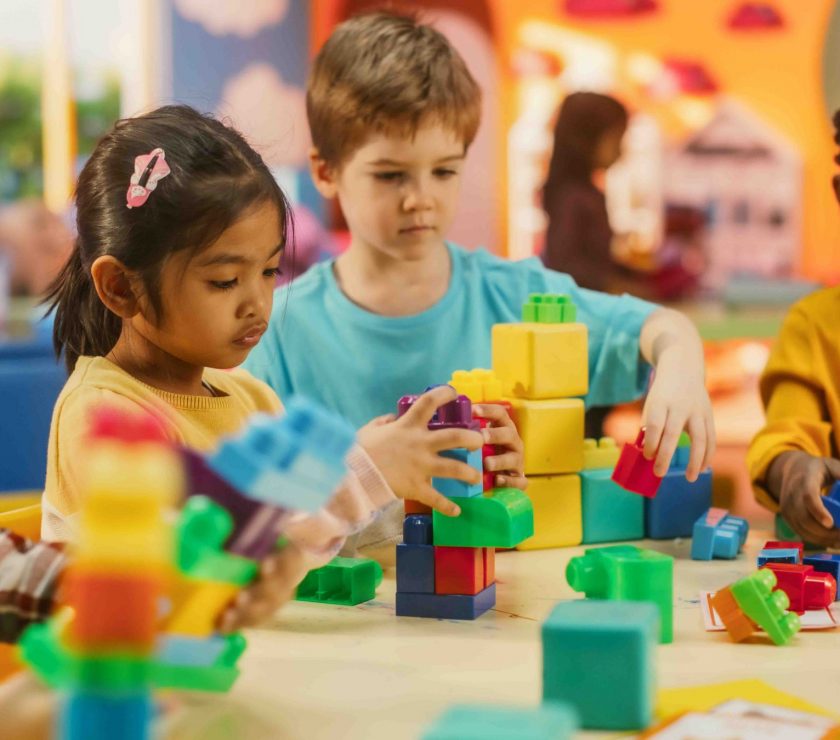In a world that’s changing faster than ever, kids need more than knowledge—they need fluency. This is your guide to nurturing the skills, mindsets, and curiosity to thrive in what comes next.
Remember when “computer literacy” was the educational buzzword? Those skills—once considered revolutionary—are now as basic as reading and writing. Today’s kindergartners intuitively navigate touchscreens before they can tie their shoes. Coding, once heralded as the career safety net, is increasingly automated.
So what comes next?
The answer isn’t another set of hard skills destined for obsolescence. It’s a deeper capacity we call Future Fluence: the ability to navigate, engage with, and shape tomorrow’s world with confidence and ease.
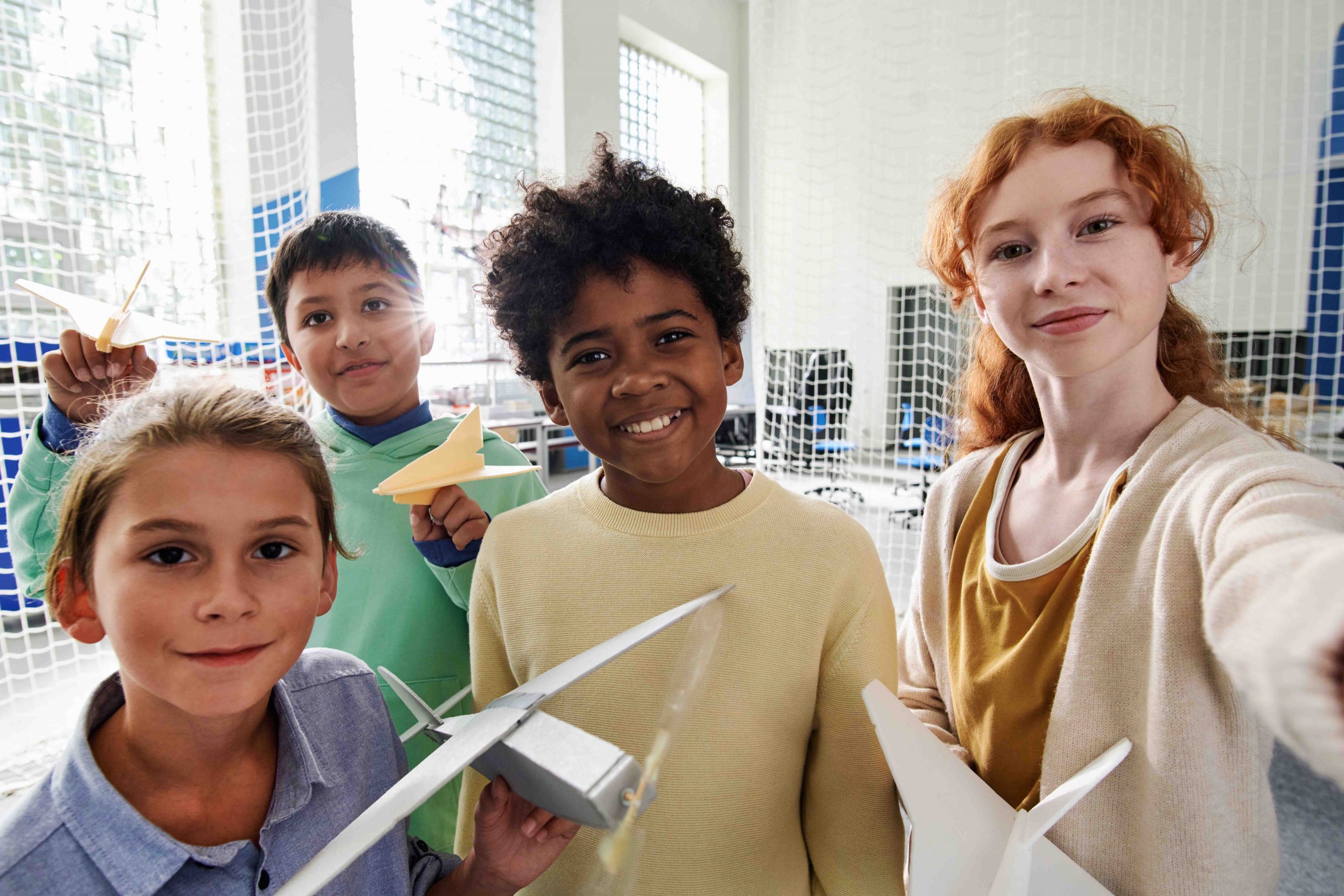
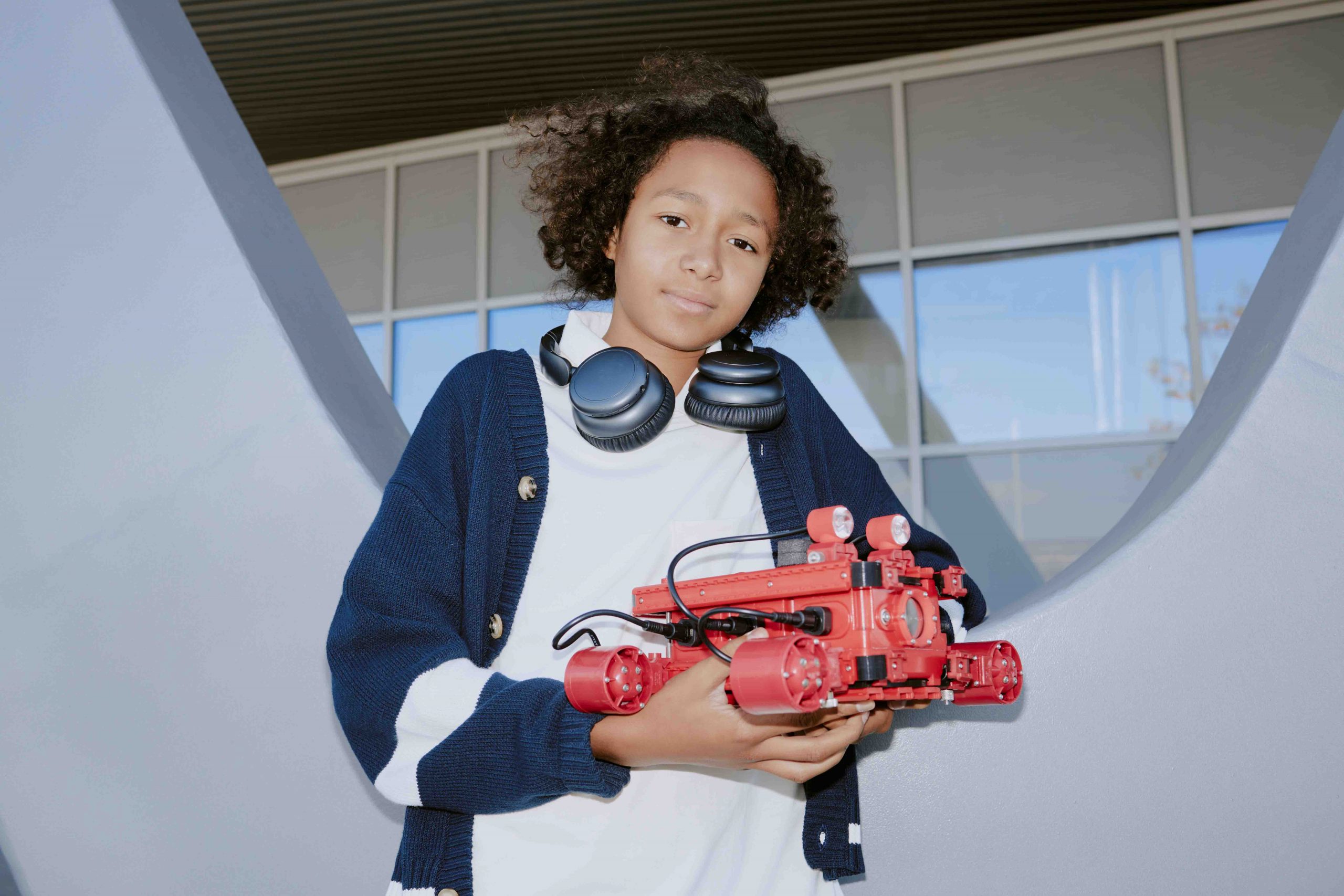
What is Future Fluence?
Future Fluence isn’t about predicting the future—it’s about developing comfort with uncertainty and change. It’s the difference between memorizing vocabulary words and being able to carry on a conversation in another language.
At its core, Future Fluence combines:
- Adaptive thinking – The ability to pivot when circumstances change
- Systems understanding – Seeing connections between seemingly unrelated elements
- Ethical reasoning – Weighing the impacts of innovation on people and planet
- Possibility mindset – Envisioning solutions rather than just problems
- Confident exploration – Approaching the unknown with curiosity instead of fear
Children with Future Fluence don’t just consume technology—they question it, improve it, and imagine what could come next. They don’t just learn about climate science—they see themselves as potential problem-solvers in a changing world.
Why Traditional Education Falls Short
Traditional education was designed for a different era. It excels at teaching what we know, but struggles to prepare children for what we don’t yet know. Consider:
- The World Economic Forum estimates that 65% of children entering primary school today will work in job types that don’t yet exist
- The half-life of skills is shrinking, with technical skills becoming outdated in 2-5 years
- Children will face unprecedented global challenges requiring cross-disciplinary approaches
Many schools still operate on the assumption that success means accumulating knowledge to be recalled later. But in a world where information is instantly accessible, the greater skill is knowing what to do with that knowledge—how to transform it into understanding, insight, and action.
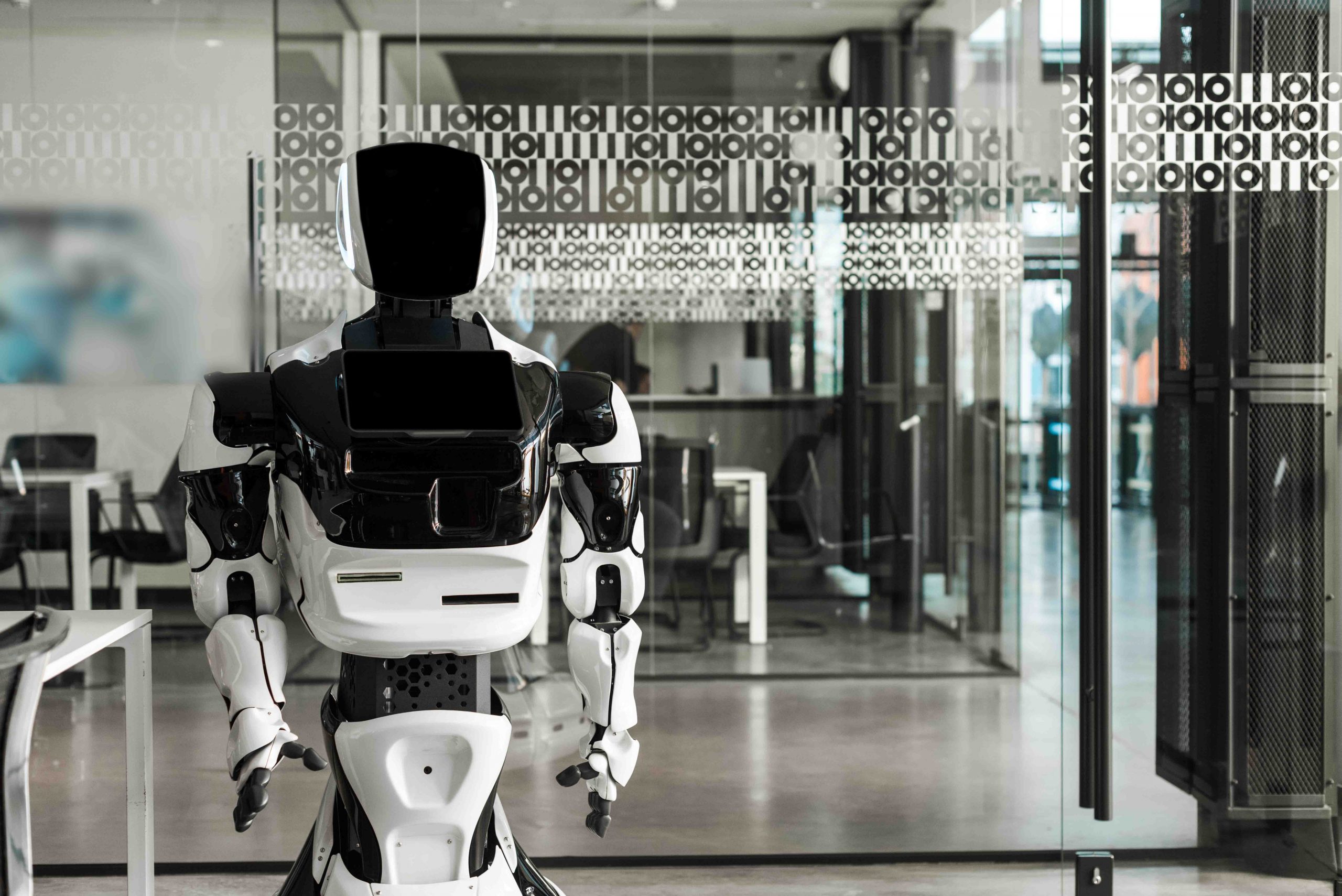
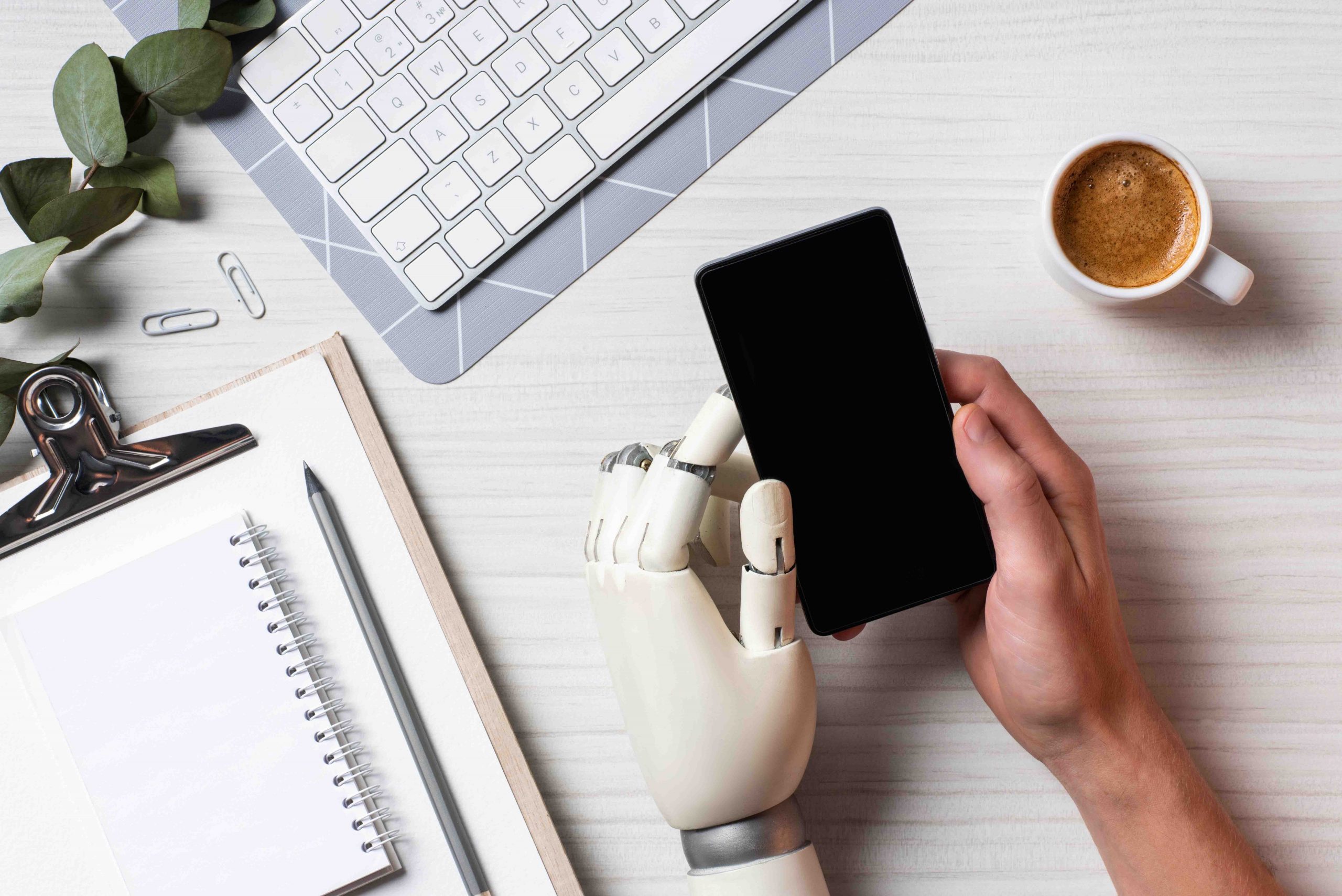
The Science Behind Future Fluence
Research increasingly shows that future-ready minds develop through:
1. Experiential Learning
When children encounter complex challenges that don’t have clear-cut answers, they develop neural pathways that support flexible thinking. Psychologist Alison Gopnik calls this the difference between “exploration” and “exploitation” modes of learning—with exploration being essential for innovation.
2. Cross-Pollination of Ideas
Exposure to diverse concepts creates cognitive flexibility. Neuroplasticity research shows that when children make connections across domains (like seeing the physics in music, or the mathematics in nature), they build mental models that transfer to novel situations.
3. Purpose-Driven Engagement
The brain learns differently when information is connected to meaningful contexts. Neuroscientist Mary Helen Immordino-Yang has shown that emotional engagement fundamentally changes how knowledge is processed and retained, making purpose-driven learning particularly powerful.

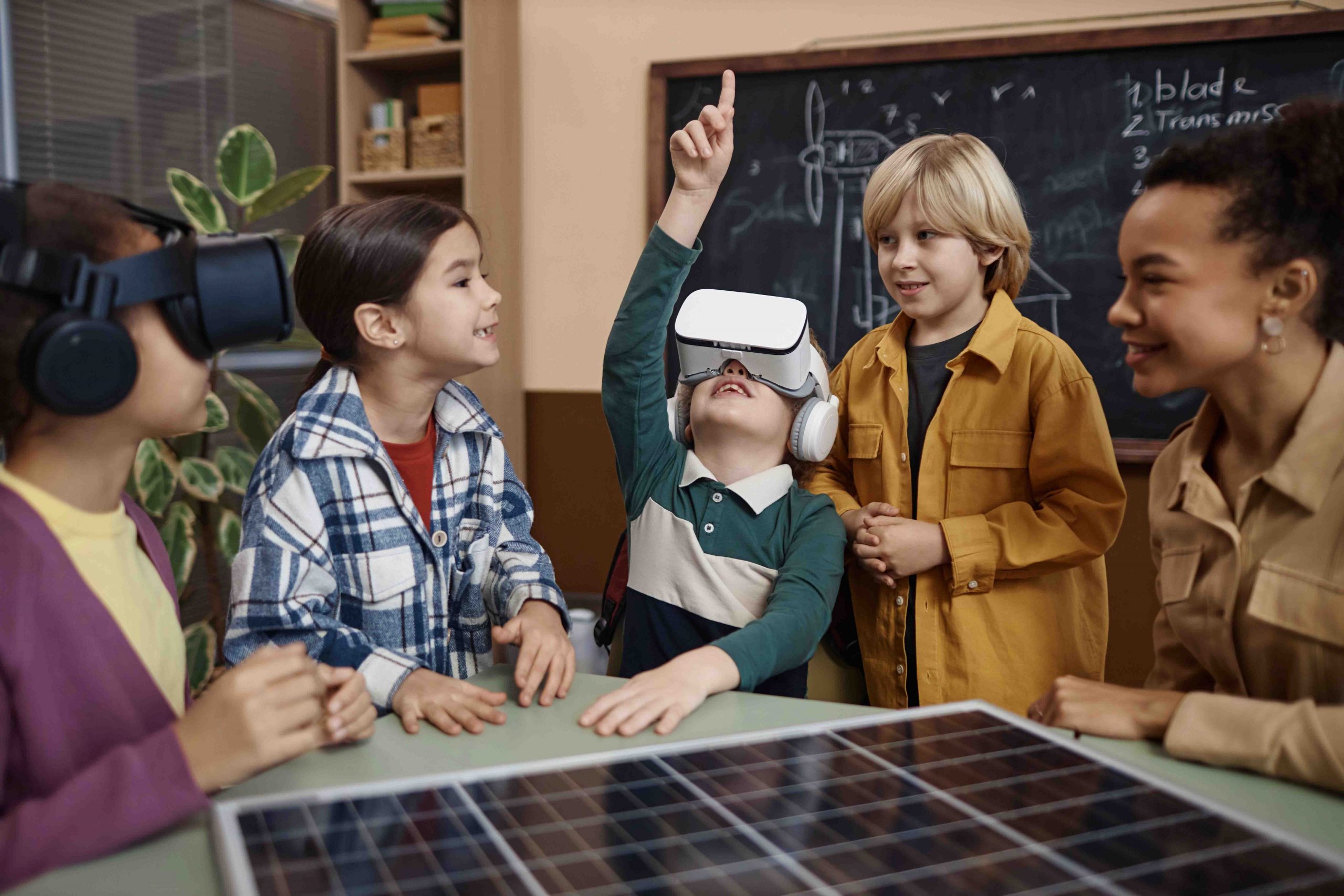
Growing Future Fluence at Home
You don’t need a complete educational overhaul to nurture Future Fluence. Here are practical approaches any family can implement:
Turn Daily Moments into Discovery Opportunities
- Morning Routine: Spot three things that seem “from the future” and discuss why
- Travel Time: Count electric vehicles or renewable energy sources along your route
- Evening Wind-Down: Share one new question or discovery from the day
Ask Different Questions
Instead of “What did you learn today?” try:
- “What questions are you curious about right now?”
- “What surprised you today?”
- “If you could improve something you use every day, what would it be?”
These questions shift focus from passive reception of information to active engagement with ideas.
Create Family Innovation Challenges
Monthly themes like “Water Warriors” or “Energy Explorers” can transform everyday interactions into opportunities for systems thinking. Challenge children to:
- Spot resource use in your home
- Track consumption patterns
- Propose improvements
- Share discoveries
Embrace “I Don’t Know” Moments
When your child asks questions you can’t answer (about quantum physics, emerging technologies, or climate solutions), resist the urge to quickly Google the “right” answer. Instead, model curiosity:
- “I don’t know—let’s explore that together”
- “What do you think might be happening?”
- “How could we find out more about that?”
These responses position learning as an ongoing process rather than a search for definitive answers.
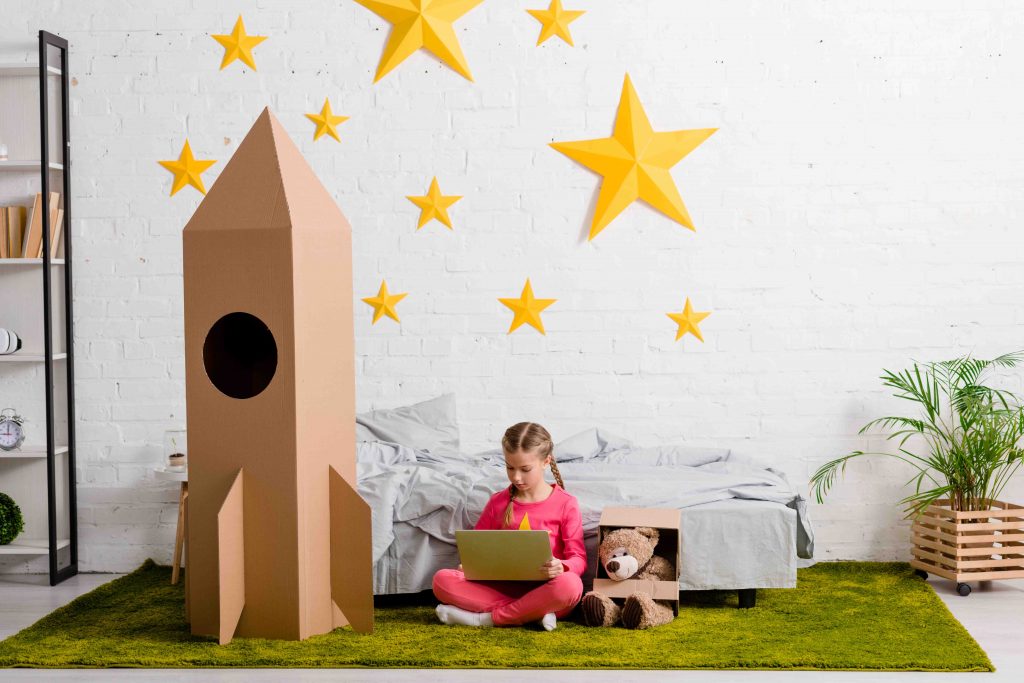
Future Fluence in Action: Signs You're On the Right Track
Children developing Future Fluence demonstrate:
- Comfort with ambiguity – They can hold multiple perspectives and consider various possibilities
- Transfer of concepts – They apply ideas from one domain to solve problems in another
- Systems awareness – They notice interconnections and can anticipate ripple effects
- Ethical considerations – They naturally consider the impacts of innovation on people and planet
- Agency and possibility thinking – They see themselves as capable of creating positive change
One parent shared: “My daughter used to get frustrated when her coding projects didn’t work. Now she gets excited—because she sees bugs as mysteries to solve. That shift from frustration to curiosity happened when we started treating problems as interesting puzzles rather than obstacles.”
Beyond Individual Skills: Preparing for Collective Challenges
The greatest challenges facing tomorrow’s adults—climate adaptation, ethical AI, resource management—can’t be solved by individual brilliance alone. They require collaborative problem-solving across disciplines, cultures, and perspectives.
Children with Future Fluence develop not just technical capabilities, but the human skills that enable collective action:
- Empathy across differences
- Communication across knowledge domains
- Collaboration in conditions of uncertainty
- Resilience in the face of complex challenges
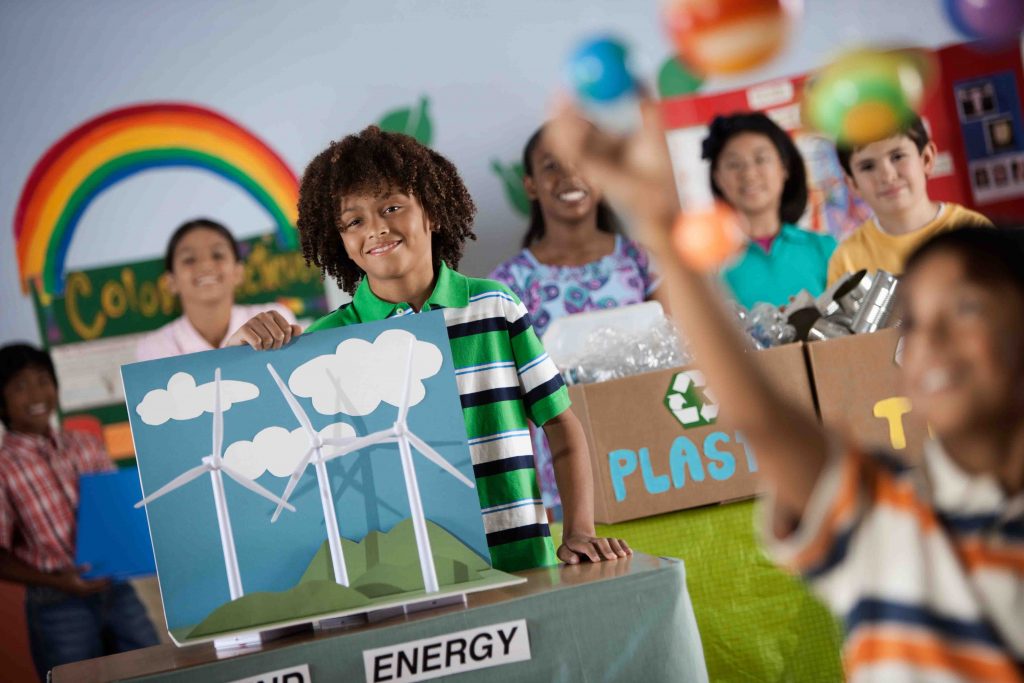
Conclusion: Fluency, Not Forecasting
We can’t predict exactly what technologies, careers, or challenges will define our children’s futures. But we can equip them with something more valuable: the fluency to engage with whatever comes next.
Future Fluence isn’t about having all the answers—it’s about having the confidence to ask better questions. It’s not about knowing the future—it’s about helping shape it.
In a world changing faster than curriculum can keep pace, this adaptable mindset may be the greatest gift we can offer the next generation.
What are you doing to nurture Future Fluence in your home? Share your experiences in the comments below.







